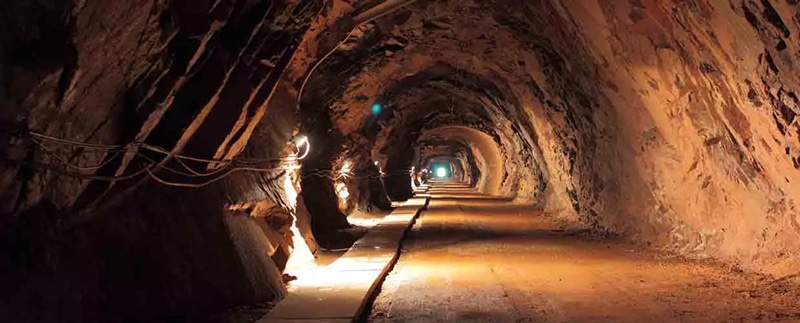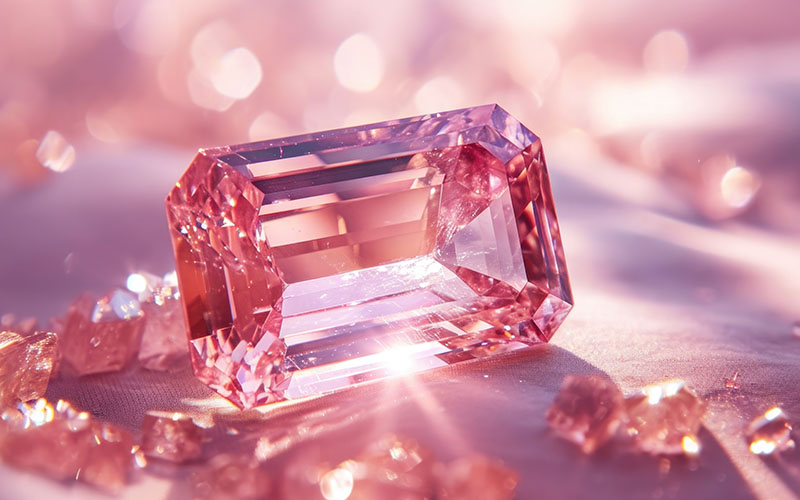The legendary Jwaneng diamond mine, the world’s richest by volume, will have its lifespan extended by 20 years in a joint venture by DeBeers’ and the government of Botswana. The expansion will see more than 224 miles of tunnels created underground.
Until now, Jwaneng has operated exclusively as an open-pit mine. According to Debswana’s head of transformation and innovation, Thabo Balopi:
We are still doing the studies toward transforming to an underground producer, which is a very different environment, with different capabilities and mindset.
‘Going Underground’
Mining primary diamond deposits conventionally begins with an open pit above the main volcanic pope. As surface deposits are exhausted a next stage to recover deeper deposits is considered. In some cases the expense is not practical. In others, as with Jwaneng, deeper excavation and extraction will continue to be profitable, extending the mine’s lifespan. The industry term for this phase is going underground; creating an entirely new mining operation at the same location.

In its simplest form, going underground involves block caving. This is a mass mining method which permits extraction of large ore deposits deeper underground. Essentially, sections of ore are extracted by drilling underneath primary deposits, blasting material loose so that it breaks and collapses, and using pre-constructed access points like tunnels or drawbells to bring the ore-bearing material to the surface where it can be processed.
Established in 1982, Jwaneng was turned into the world’s largest open pit mine in an expansion costing $2.2 billion. The underground expansion will cost $6 billion. The new underground mine at Jwaneng will yield up to 9 million carats per year, extending the lifespan of the world’s richest mine by 20 years, with early access in place by 2023.
Stones of Significance
The name Jwaneng means “a place of small stones,” which is ironic considering the source’s magnitude. In its 39 years of operation Jwaneng has been a DeBeers’ mainstay. The mine produced 7.5 million carats in 2020, nearly 30% of DeBeers’ total output, and has already produced 3.2 million carats (40%) of the mining giant’s output over the first quarter of 2021.
More importantly, diamond mining anchors Botswana’s economy. Diamonds were discovered there in 1967, just after Botswana’s independence in 1966. The country’s young government put structures focused on education and employment in place for their emerging diamond industry, including a 50-50 venture with DeBeers’ beginning in 1969 called DebSwana. That arrangement provides the country with approximately two-thirds of its foreign exchange and contributes a fifth of its gross domestic product. Over the last half-century diamond focused structures like the one with DeBeers’ have transformed Botswana from one of the poorest African nations into one of its most prosperous.
Watch: The Diamonds of Botswana
Lucara Too
Another miner operating in the South African nation is Lucara. The Botswana Ministry of Mineral Resources recently approved a license renewal and extension for their Karowe mine for a period of 25 years. Under that renewal, Lucara will also expand ‘underground,’ facilitating ore excavation at greater depths. With an estimated capital cost of $514 million and a five-year period of development, the first ore from the Karowe project is expected to come to market in 2026 and Lucara is licensed to operate there until the mine’s estimated depletion in 2046.




